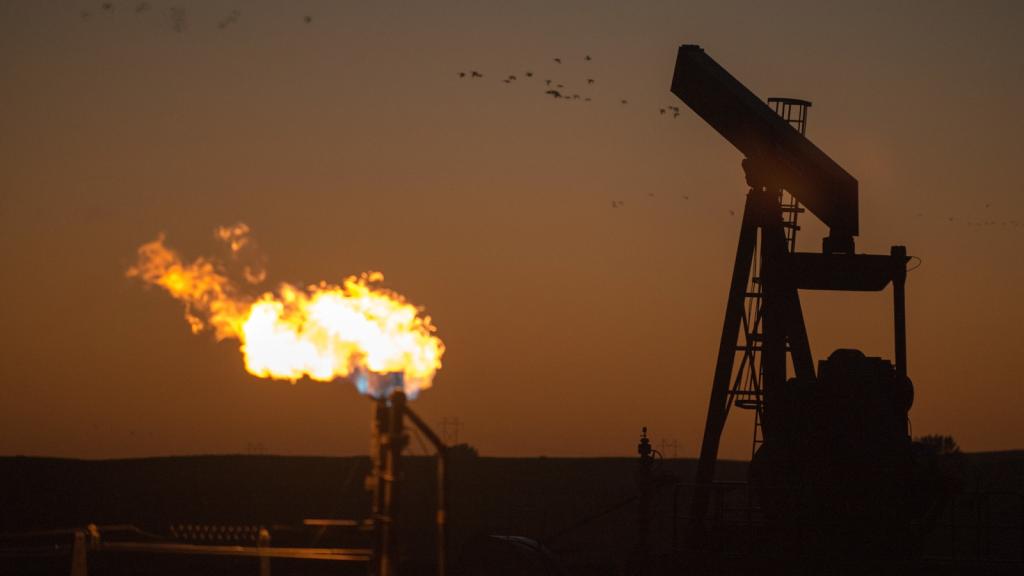Progress Energy said Friday it has pushed back by 20 months its schedule for bringing on-line two planned new nuclear reactors in Florida, after the Nuclear Regulatory Commission said its review of the plant site will take longer than expected.
Progress also said it will spread out over five years certain early–stage costs for the new reactors that it could legally bill to ratepayers entirely in 2010, an apparent bid to tamp down customer anger over rate increases linked to the project that took effect earlier this year.
New nuclear plants are so expensive they are likely to provide electricity at some 15 cents per kilowatt hour (see “Nuclear power, Part 2: The price is not right“) — or possibly more than 20 cents/kWh (see “Exclusive analysis, Part 1: The staggering cost of new nuclear power“). The precise answer — 50% higher than average U.S. electricity prices or more than 100% higher — is hard to know since it is all but impossible to find a utility willing to stand behind a firm price in a rate hearing.
When we last left Progress Energy in 2008, it had said the twin 1,100-megawatt plants it intends to build would cost $14 billion, which “triples estimates the utility offered little more than a year ago.” And that didn’t even count the 200-mile $3 billion transmission system utility needs, which brings the price up to a staggering $7,700 a kilowatt. Under Florida law, to pay for these nuclear power plants, Progress Energy can raise the rates of its customers a $100 a year for years and years and years before they even get one kilowatt-hour from these plants. Sweet deal, no?
Energy Daily (subs. req’d, quoted above) updates the Florida story. Let’s start with the cost to consumers:
As for project costs, Progress said it has filed with the Florida Public Service Commission (PSC) for permission to add to customer bills next year an additional $6.69 per thousand kilowatt-hours (KWH) charge to cover the Levy County reactor costs as well as work to boost output at its existing Crystal River nuclear plant from 900 to 1,080 megawatts.
The costs of the Levy County project have already irked some Florida ratepayers who saw their bills jump 25 percent in January to cover early costs for the new reactors as well as increases in the cost of fuel Progress purchases to generate power.
From too cheap to meter to too expensive to matter.
For the record, “In 2007, the average monthly residential electricity consumption was 936 kilowatthours (kWh).” So we’re talking more than $70 a year added to the average customers bills for a long, long time before they even see a single kilowatt hour.
In reaction to customer anger, Progress in April began deferring some of the costs of the Levy County project.
Under the company’s new cost-recovery proposal announced Friday, Progress will bill ratepayers next year 30 cents per 1,000 KWH to pay for the power up-rate at Crystal River, $1.69 per 1,000 KWH to recoup deferred costs from 2009 for the Levy County project and $4.70 per KWH to cover costs for the new reactors incurred in 2010.
Actually, Progress said that to fully recover those costs in 2010 as allowed it would have to bill customers about twice that–$12.63 per 1,000 KWH. But Progress said it has instead proposed to spread the balance over five years of future billings to “[lessen] the impact yearly impact on the customer and [provide] some short-term customer price relief.
“The Levy County nuclear project continues to be the best baseload generation option for Florida taking into account cost, potential carbon regulation, fossil fuel price volatility and the benefits of fuel diversification,” said Progress in Friday’s press release.
Well, It is the best baseload generation option for Florida other than energy efficiency (see “Efficiency, Part 3: The only cheap power left“) and biomass (see “If Obama stops dirty coal, as he must, what will replace it? Part 2: An intro to biomass cofiring“ and “Another coal plant to be replaced by a ‘plant’ plant!“) and a hybrid concentrated solar power and natural gas plant (see “World’s second* largest solar plant to be built in Florida“).
Those are just a few of the reasons FERC chair Wellinghoff said of new nuclear and coal plants: “We may not need any, ever.”
Heck, if you could forward bill customers for energy efficiency and do every energy efficiency measure that was cheaper than even $.10 a kilowatt hour, you wouldn’t need to build another nuclear power plant for a long, long time.
Then again, we’re not going to build another nuclear power plant for a long, long time:
Progress initially planned to start up the new reactors between 2016 and 2018, but it said it had to push back that date by 20 months due to delays with its license application for the plant at NRC.
NRC recently told Progress that it would not finish a review of Progress’ request for “limit work authorization (LWA)” for the Levy County project before also completing a review of Progress’ combined construction and operating license (COL) application, a Progress spokeswoman said Monday.
Limited work authorizations let utilities get a head start on needed site work like excavation before receiving a full construction and operating license.
Without an LWA, Progress cannot begin that preliminary work until it receives the full COL, which it anticipates getting in 2011 or 2012. That change of plan accounts for the company’s revised, slower schedule for getting the units up and running.
An NRC spokesman said the agency recently told Progress that “the Levy County site had complex geological characteristics and that staff would need more time to evaluate those characteristics.”
He said NRC told Progress it needed an amended LWA application with more information about the site, but that Progress declined to submit one, deciding that given the longer time it would take to get an LWA, it would aim for a COL instead….
And Progress Chairman President and Chief Executive Officer Bill Johnson cast a positive light on the project’s delay, suggesting it would allow time for several pieces to fall together in support of the new reactors.
“This shift in schedule provides time for the economy to recover, which should allow for financing in a more stable market,” Johnson said.
And “having the license in hand and clearer federal climate change policy will ultimately decrease the risk to our customers and shareholders,” he said.
I’ll cast an even more positive light on the project delay. Maybe it will give Florida regulators or utility executives time to figure out that other options would be superior.
The only thing that would decrease risk is not pursuing this nuclear power plant until all of the lower-cost efficiency and renewable options were exhausted — as a June 2008 report by Moody’s Investor Services Global Credit Research, “New Nuclear Generating Capacity: Potential Credit Implications for U.S. Investor Owned Utilities” (PR here), warned
The cost and complexity of building a new nuclear power plant could weaken the credit metrics of an electric utility and potentially pressure its credit ratings several years into the project, according to a new report from Moody’s Investors Service….
Moody’s suggests that a utility that builds a new nuclear power plant may experience an approximately 25% to 30% deterioration in cash-flow-related credit metrics.
And this would likely result in a sharp downgrading of the utility’s credit rating.
The application by Florida Power & Light (FPL) for a large nuclear plant came in at a stunning $12 to $18 billion, and the utility concedes that new reactors present “unique risks and uncertainties,” with “every six-month delay adding as much as $500 million in interest costs.”
The report Climate Progress published earlier this year, Business Risks and Costs of New Nuclear Power by power-plant cost expert Craig Severance, also has an extended discussion of the business risks to utilities and hence investors. I asked for a comment on the news from Severance, who is a practicing CPA, co-author of The Economics of Nuclear and Coal Power (Praeger 1976), and former Assistant to the Chairman and to Commerce Counsel, Iowa State Commerce Commission. He replied:
Progress Energy’s announcement that it is delaying these two nuclear reactors by at least 20 months is not entirely unexpected given the difficulties in obtaining financing for such a megaproject. The delay of 20 months, noted as “giving the economy time to recover”, will also likely push the project into a time period when annual cost escalations for power plant construction projects will again be robust. It is highly likely this delay and the accelerated cost escalations will push the total project costs well over the company’s initial projections. If the project was not already considered too expensive, wait for the other shoe to drop when these forces affect its costs.
A project that was already expected to take 10 years to complete is now moving into a 12-year horizon. If this is an example of how quickly nuclear power can help alleviate global warming, its not a good one.
Progress Energy is also deferring early cost recovery from ratepayers even though it seems from their announcement these costs were quite significant. These early cost recovery laws were enacted to shift the substantial economic risks of such projects from stockholders to ratepayers. I’d love to know what their shareholders think now about carrying that load on equity stakeholders for such an extended period.
With apologies to Burt Bacharach and Hal David and Elvis Costello and Austin Powers:
What do you get when you buy a nuke?
You get a lot of delays and rate increases.
And you catch the flu if the utility sneezes.
I’ll never buy a nuke again.
I’ll never buy a nuke again.



